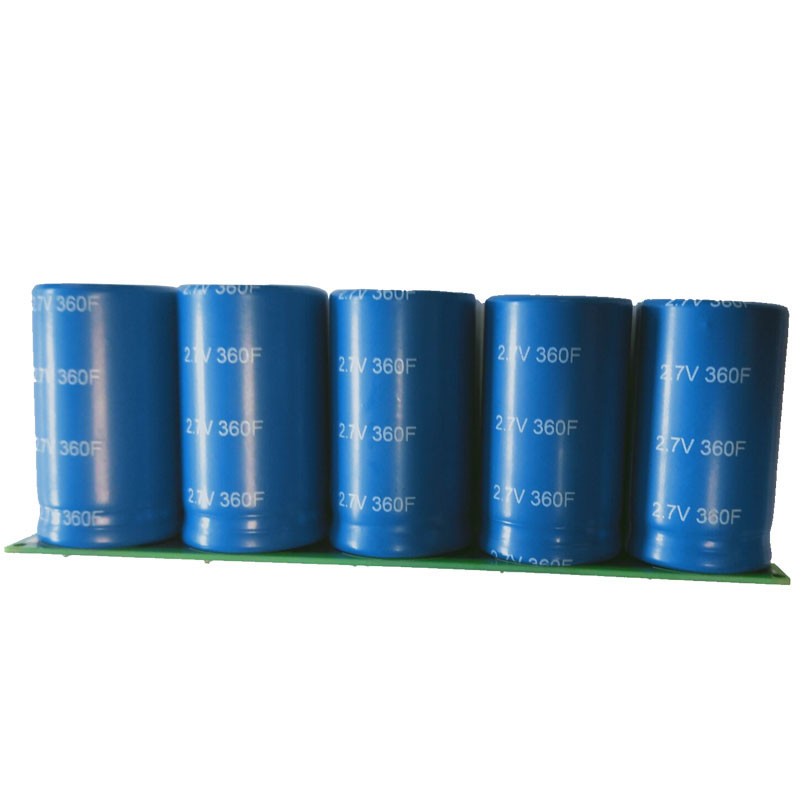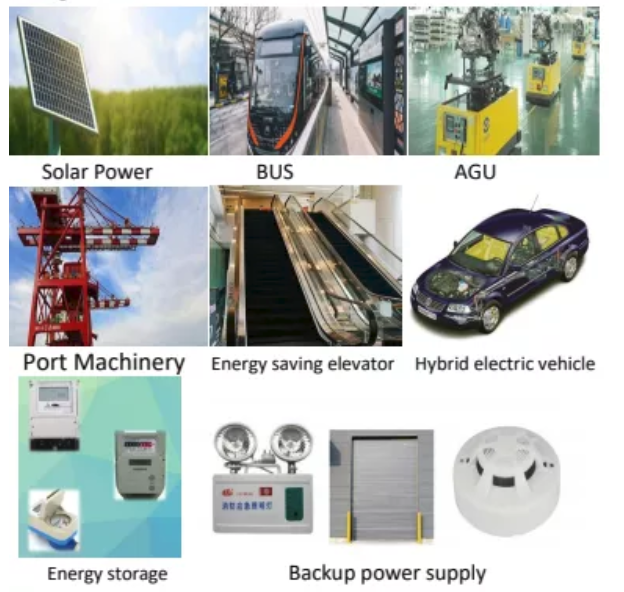Consulting phone:
135-3037-2041
(Mr.Wang)
Product introduction
A welding process for supercapacitor module, including material preparation, material cleaning, PCB board fixing, personnel anti-static measures, three-stage tin feeding, welding inspection, installing the soldering head on the full-automatic soldering machine, using the three-stage tin feeding method, the first stage of tin feeding is pre-feeding, placing the soldering wire on the soldering head, connecting the power supply of the soldering head, wetting the soldering head, and then carrying out the second stage tin feeding, and sticking the soldering head on the soldering pad on the PCB board, Carry out tin feeding to ensure that the solder pad is full. After the second stage of tin feeding, carry out tin feeding again to make it complete the third stage of tin feeding and ensure the tin penetration rate. The invention relates to the field of capacitor module welding technology. The welding process of the supercapacitor module replaces the traditional working method of directly feeding tin in three sections, making the components on the PCB board more firmly welded. During the shaking and vibration of the PCB board, the components on the PCB board will not fall off. It does not use heavy metals and other harmful chemicals in the production process, and has a long life, so it is a new type of green power supply. It is a 13V72F supercapacitor module composed of 2.7V360F five capacitors. Please contact me to customize your supercapacitor module
Product specification:
| features | Specifications |
| Nominal voltage | 13.5V |
| Surge voltage | 14.25v |
| capacity | 72f |
| Storage temperature | -40℃~+70℃ |
| size | 18.3*3.3*6.3 |
| Vitality | 5.5Wh |
| Operating temperature range | -40 ℃ ~ 85 ℃ @2.3 -40℃~+65℃ @2.7vV |
| weight | 0.4KG |
Product display:

Product application range:
The pulse power performance, long service life of application products, and reliable operation in extreme temperature environment of supercapacitors are fully suitable for those application products that require repeated electric energy pulses in a fraction of a second to a few minutes, making them energy storage and power transmission solutions for transportation, renewable energy, industrial and consumer electronics, and other application products, such as electric vehicles (EV/HEV), military Light rail, aviation, electric bicycle, backup power supply, power generation (wind power generation, solar power generation), communication, consumer and entertainment electronics, signal monitoring RAM, detonator, car recorder, intelligent instrument, vacuum switch, digital camera, motor drive, intelligent three-meter, UPS, security equipment, communication equipment, flashlight, water meter, gas meter, taillight, small household appliances and other fields have broad market prospects in power application.

Test method:
1. Electrostatic capacity test method:
(1) Test principle
The electrostatic capacity of supercapacitors is measured by the method of constant current discharge of capacitors, and calculated according to the formula. C=It (U1-U2), where: C-electrostatic capacity, F; I - constant discharge current, A; U1 and U2 adopt voltage, V; Discharge time required for t-U1 to U2, S
(2) Test procedure
Charge the capacitor with a current of 100A, charge the capacitor to the working voltage and keep the voltage constant for 10 seconds, then discharge the capacitor with a current of 100A, take U1 as 1.2VU2 as 1.0V, record the discharge time within the voltage range, and take the average value of the total cycle static capacity.
2. Stored energy test
(1) Test principle:
The energy test of supercapacitors is carried out by discharging the capacitor at constant power to 1/2 working voltage within the given voltage range of the capacitor. The output energy W of capacitor is obtained from the relationship between constant discharge power P and discharge time T, that is, W=P. T
(2) Test procedure
Charge the capacitor to the working voltage with a constant current of 100A, and then, until the charging current drops to the specified current (traction type 10A, starting type 1A). After 5 seconds of standstill, discharge the capacitor to 1/2 of the working voltage with a constant power, record the discharge time and calculate the value. Cycle 3 measurements and take the average value.
3. Equivalent series resistance test (DC)
(1) Test principle
The internal resistance of the capacitor is measured according to the sudden change of voltage within 10 milliseconds after the capacitor is disconnected from the constant current charging circuit. That is, in the formula: R-internal resistance of capacitor; U0 - voltage before the capacitor cuts off the charge; Ui - cut off the voltage within 10 ms after charging; I - Cut off the current before charging.
(2) Measurement process
Charge the capacitor with a constant current of 100A, disconnect the charging circuit at 80% of the charging working voltage, use the sampling machine to record the voltage change value within 10 ms after the capacitor is powered off, and calculate the internal resistance, repeat for 3 times, and take the average value.
4. Leakage current test
After the capacitor is charged to the rated voltage with a constant current of 100A, it is charged at this voltage for 30min at constant voltage, and then left open for 72h. In the first three hours, record the voltage value every minute, and in the remaining time, record the voltage value every ten minutes.
Calculate the self-discharge energy loss, SDLF=1 - (V/VW) 2, and the calculation time points are: 0.5,1,8,24,36,72 h
Note: The voltage tester must have a high input impedance to minimize the playback noise.